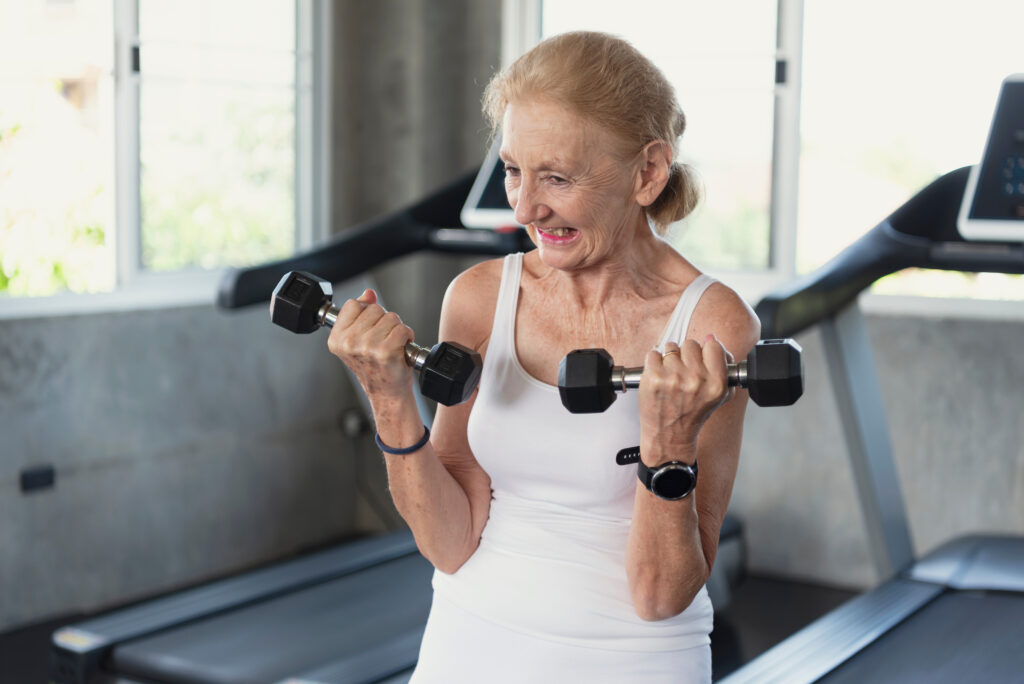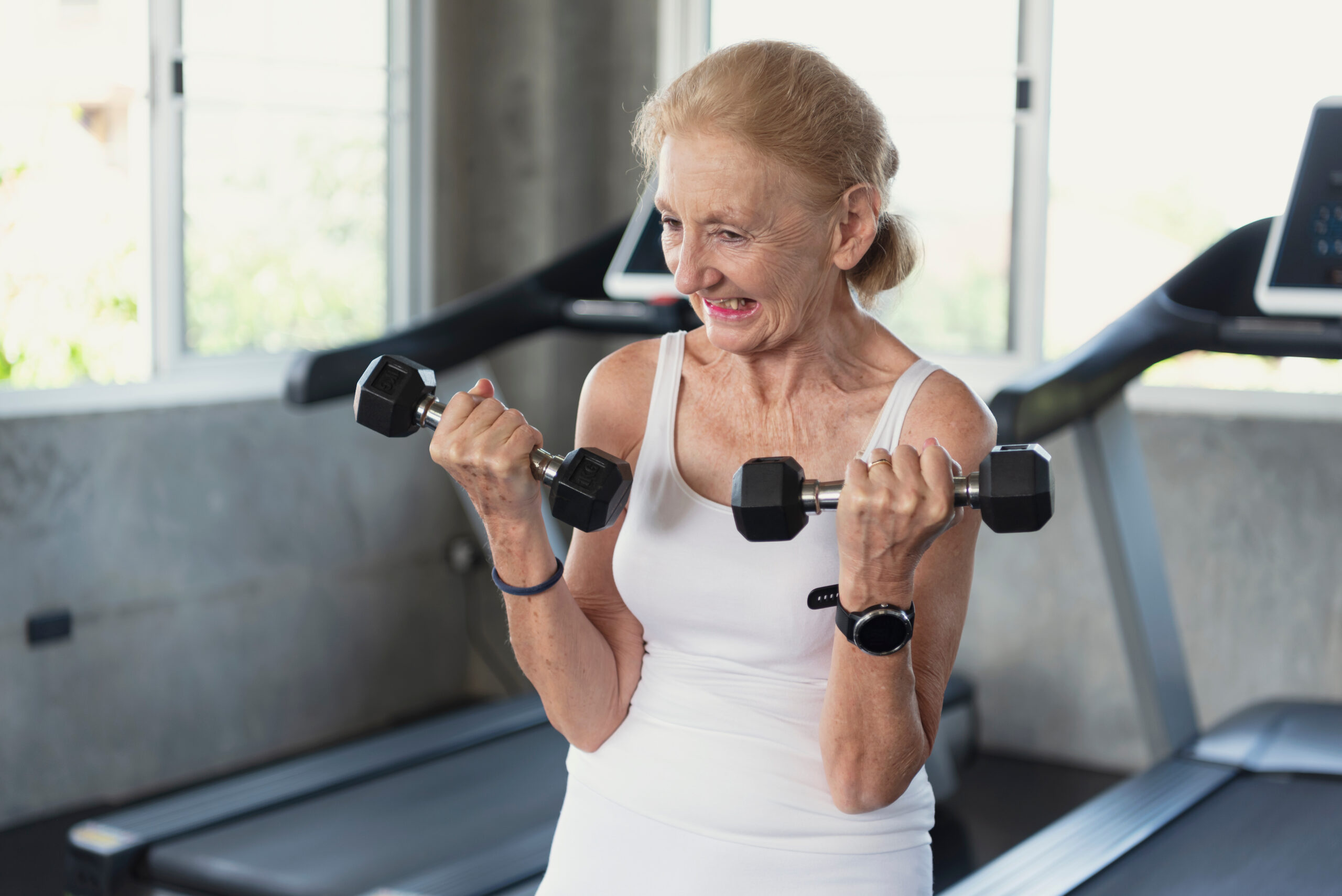Is Physical Activity Good for Dementia and Alzheimer’s?

Physical activity has been shown to have many benefits for people with dementia. Not only can it improve physical health, but it can also help reduce the risk of falls, improve cognitive function, and boost mood. In this article, we’ll take a closer look at some physical activities that are considered beneficial for people with dementia, including walking, tai chi, dancing, yoga, and strength training, such as the coolest trend lately with macebells.
Walking is a low-impact activity that is easy to incorporate into daily life. It’s also a great way to get outside and enjoy the natural environment. Walking can improve cardiovascular health, balance, and strength, all of which can be beneficial for people with dementia. It can also provide a sense of purpose and accomplishment, which can boost mood and overall well-being.
Another physical activity that has been shown to benefit people with dementia is tai chi. Tai chi is a gentle form of exercise that involves slow, flowing movements. It can improve balance, strength, and flexibility, all of which can help reduce the risk of falls. Tai chi is also a mindfulness-based practice, which can help reduce stress and improve overall well-being.
Dancing is another fun and social activity that can be beneficial for people with dementia. Dancing can improve cardiovascular health, coordination, and mood. It can also provide a sense of connection and social interaction, which can be especially important for people with dementia who may feel isolated or lonely. Dancing can be modified to suit different abilities, making it a great option for people with varying levels of mobility.
Yoga is a gentle form of exercise that can improve flexibility, balance, and strength. Like tai chi, yoga is a mindfulness-based practice that can help reduce stress and improve overall well-being. Yoga can also improve cognitive function, as it involves focusing on the breath and moving the body in a coordinated way. It can be done sitting or standing, making it a great option for people with varying levels of mobility.
Strength training is another type of physical activity that can be beneficial for people with dementia. Strength training involves using weights or resistance bands to increase muscle strength and improve overall physical health. It can improve muscle strength, which is especially important for people with dementia who may experience muscle loss as they age. Strength training can also improve balance and reduce the risk of falls. Additionally, it has been shown to improve cognitive function and boost mood.
When incorporating strength training into a fitness routine for someone with dementia, it’s important to start with light weights and simple exercises. A qualified personal trainer or physical therapist can help design a strength training program that is safe and appropriate for the individual’s abilities and goals. It’s important to keep in mind that physical activity should be enjoyable and motivating for the individual with dementia. Choosing activities that are interesting and engaging can help increase their participation and enjoyment.
In addition to the physical activities listed above, there are many other types of exercise that can be beneficial for people with dementia. For example, swimming is a low-impact activity that can improve cardiovascular health and reduce the risk of falls. Cycling is another low-impact activity that can improve cardiovascular health and provide a sense of freedom and independence. Chair-based exercises, which can be done sitting or standing, are a great option for people with limited mobility.
It’s important to remember that physical activity should be tailored to the individual’s abilities and preferences. A healthcare provider can help determine which types of exercise are safe and appropriate for the individual. It’s also important to start with small, achievable goals and gradually increase the intensity and duration of the exercise over time. Consistency is key, and it’s important to make physical activity a regular part of the individual’s routine.





